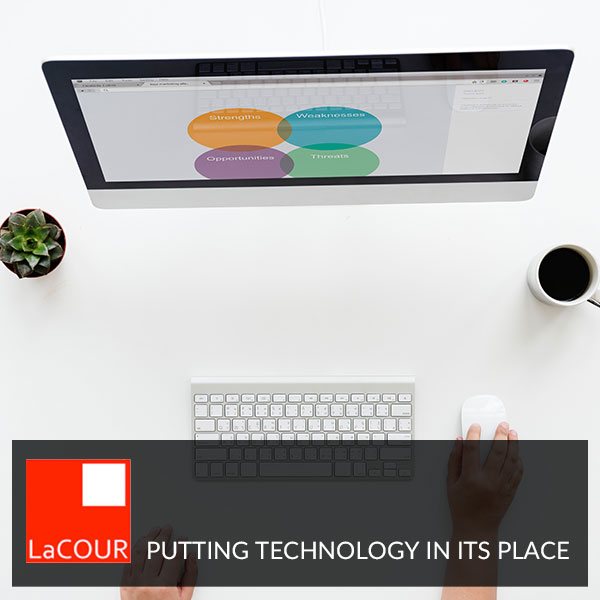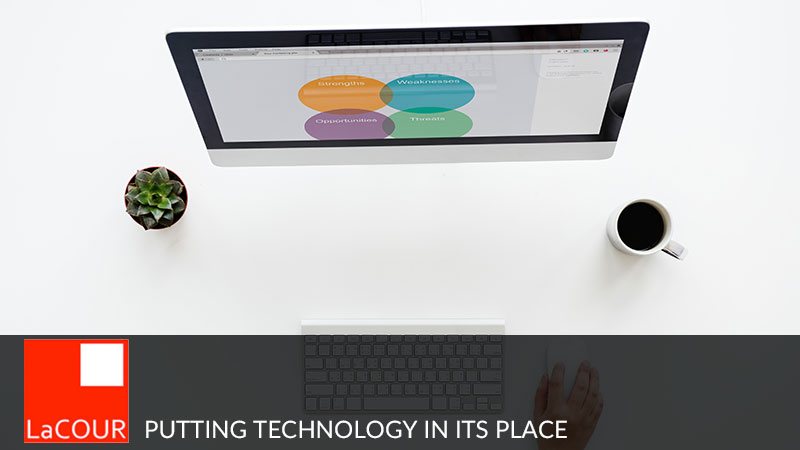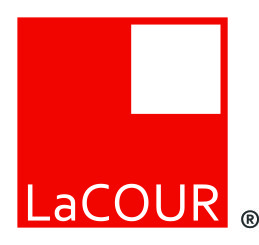
Improving workflow in the office with the KANBAN
 The Japanese word Kanban means card, sign or signboard. It is a system which makes use of visual cues to indicate when a certain event should take place. For instance, in a manufacturing industry, the shipping department can send a card or sign requesting certain products to the assembly line. The kanban system, in this case, creates a link between the two divisions and improves the workflow by connecting the separate work processes of the same business.
The Japanese word Kanban means card, sign or signboard. It is a system which makes use of visual cues to indicate when a certain event should take place. For instance, in a manufacturing industry, the shipping department can send a card or sign requesting certain products to the assembly line. The kanban system, in this case, creates a link between the two divisions and improves the workflow by connecting the separate work processes of the same business.
Creating a Kanban
Our brains are wired to process visual information better. Placing items in folders often leads to forgetting about them. It is easier to manage tasks that you can see. It also provides kinesthetic feedback when you pull a note and place it in the “Completed” column. To create a Kanban, you can opt for a whiteboard, or make use of an office wall.
Start with the basics and divide the board into three columns: “Tasks To Do” (separated by Urgency & Importance), “Work In Progress” and “Completed.” The most essential thing about Kanban is visualizing the flow of your work.
Optimize Daily Tasks & Reduce Work in Progress
Consider utilizing colour coded sticky notes by type of task; fill the “Tasks” column stating the work that needs to be done. This process can prove to be extremely helpful when trying to determine what kind of tasks are present on the board, which ones are getting completed the fastest and where you might need extra support.
The goal is to get more tasks done in an effective order. Set limits such as the maximum allowable number of tasks in the “Work In Progress” column at a single time. Leaving a task unattended to start with a new one often eats up your mental capacity. For this reason, limiting the amount of work in progress can help you be more focused, finish tasks faster and with better quality. It can also ensure more completion and less revision.
Evaluate and Improve
At the end of the day, go through the tasks marked “Completed.” For instance, if you mostly finished blue colored tasks, identify why you were able to finish those tasks faster than the others. Recognize patterns in order to come up with solutions and employ the results in order to improve your workflow.
The Kanban in the Office
Consider a permanent placement in a visible area of the office where all employees could interact with the Kanban on a daily or weekly basis?! This could be a new structure for getting work done among departments. The Kanban integrated with an open-concept office atmosphere, could really fuel employee productivity and motivation!
http://www.wired.co.uk/article/apply-kanban-thinking-at-work
